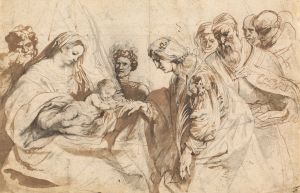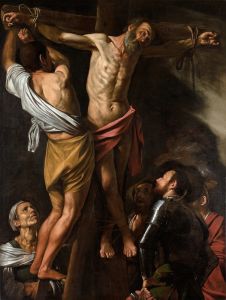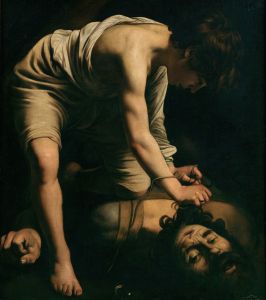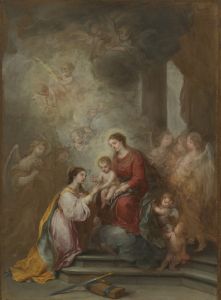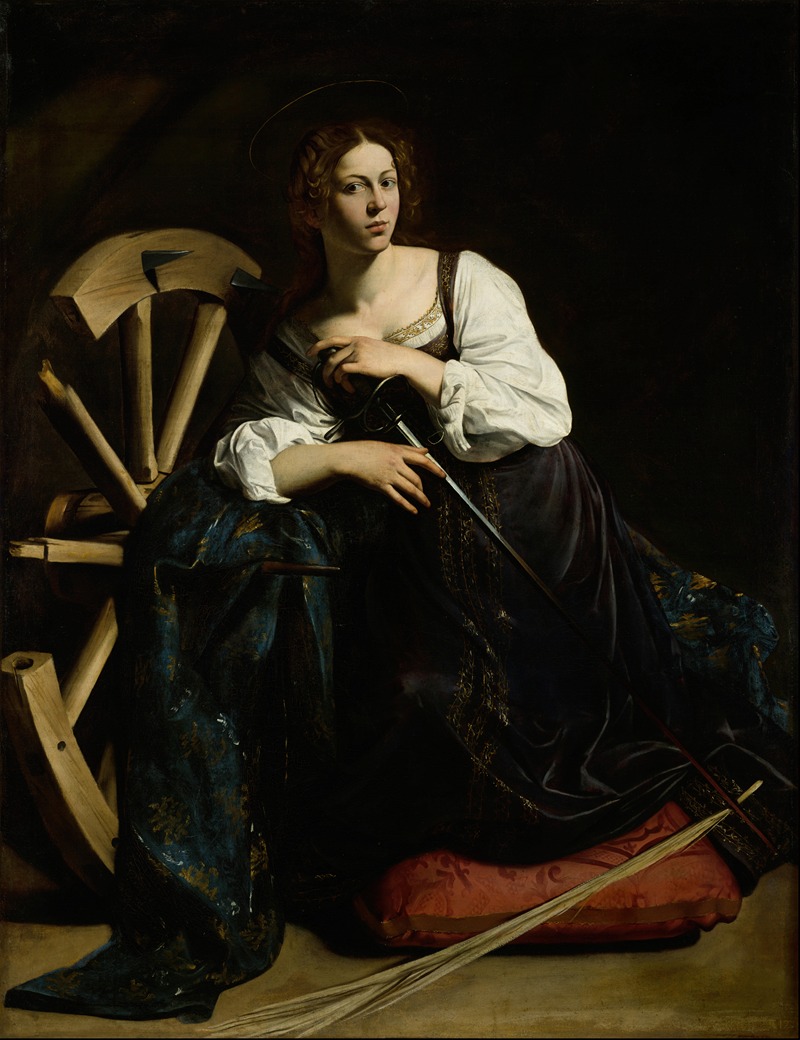
Saint Catherine of Alexandria
A hand-painted replica of Caravaggio’s masterpiece Saint Catherine of Alexandria, meticulously crafted by professional artists to capture the true essence of the original. Each piece is created with museum-quality canvas and rare mineral pigments, carefully painted by experienced artists with delicate brushstrokes and rich, layered colors to perfectly recreate the texture of the original artwork. Unlike machine-printed reproductions, this hand-painted version brings the painting to life, infused with the artist’s emotions and skill in every stroke. Whether for personal collection or home decoration, it instantly elevates the artistic atmosphere of any space.
Saint Catherine of Alexandria is a painting by the renowned Italian Baroque artist Michelangelo Merisi da Caravaggio, created around 1598–1599. This work is a significant example of Caravaggio's revolutionary approach to painting, characterized by dramatic use of light and shadow, known as chiaroscuro, and his realistic depiction of human figures.
The painting portrays Saint Catherine of Alexandria, a Christian martyr from the early 4th century. According to tradition, Catherine was a noblewoman of Alexandria in Egypt, known for her intelligence and learning. She converted to Christianity and, as a result, was persecuted by the Roman Emperor Maxentius. Catherine is said to have been subjected to torture on a spiked wheel, which miraculously broke, leading to her eventual beheading. This narrative is a central theme in Christian hagiography and has inspired numerous artworks throughout history.
In Caravaggio's depiction, Saint Catherine is presented in a three-quarter length pose, seated on the ground. She is dressed in rich, sumptuous fabrics, which reflect her noble status. Her expression is serene and contemplative, embodying both her wisdom and her acceptance of martyrdom. The broken wheel, a symbol of her torture, is prominently displayed beside her, along with a martyr's palm, which she holds in her hand. These elements serve to identify her as the saint and highlight her story of faith and resilience.
Caravaggio's mastery of chiaroscuro is evident in this painting, as he uses stark contrasts between light and dark to create a dramatic and intimate atmosphere. The light falls on Catherine's face and upper body, drawing the viewer's attention to her expression and the details of her attire. The background is shrouded in shadow, emphasizing the figure of the saint and enhancing the emotional impact of the scene.
The painting is believed to have been commissioned by Cardinal Francesco Maria del Monte, a prominent patron of Caravaggio, who played a crucial role in the artist's early career in Rome. Del Monte's support provided Caravaggio with opportunities to work on significant commissions and gain recognition for his innovative style.
Saint Catherine of Alexandria is currently housed in the Thyssen-Bornemisza Museum in Madrid, Spain. It remains an important work within Caravaggio's oeuvre, illustrating his ability to convey complex religious themes with a naturalistic approach that was groundbreaking at the time. The painting continues to be studied and admired for its technical brilliance and its powerful portrayal of a revered Christian figure.
Caravaggio's influence on the Baroque period and subsequent generations of artists cannot be overstated. His approach to realism and his dramatic use of light have left a lasting legacy in the art world, making works like Saint Catherine of Alexandria enduring subjects of interest for art historians and enthusiasts alike.






